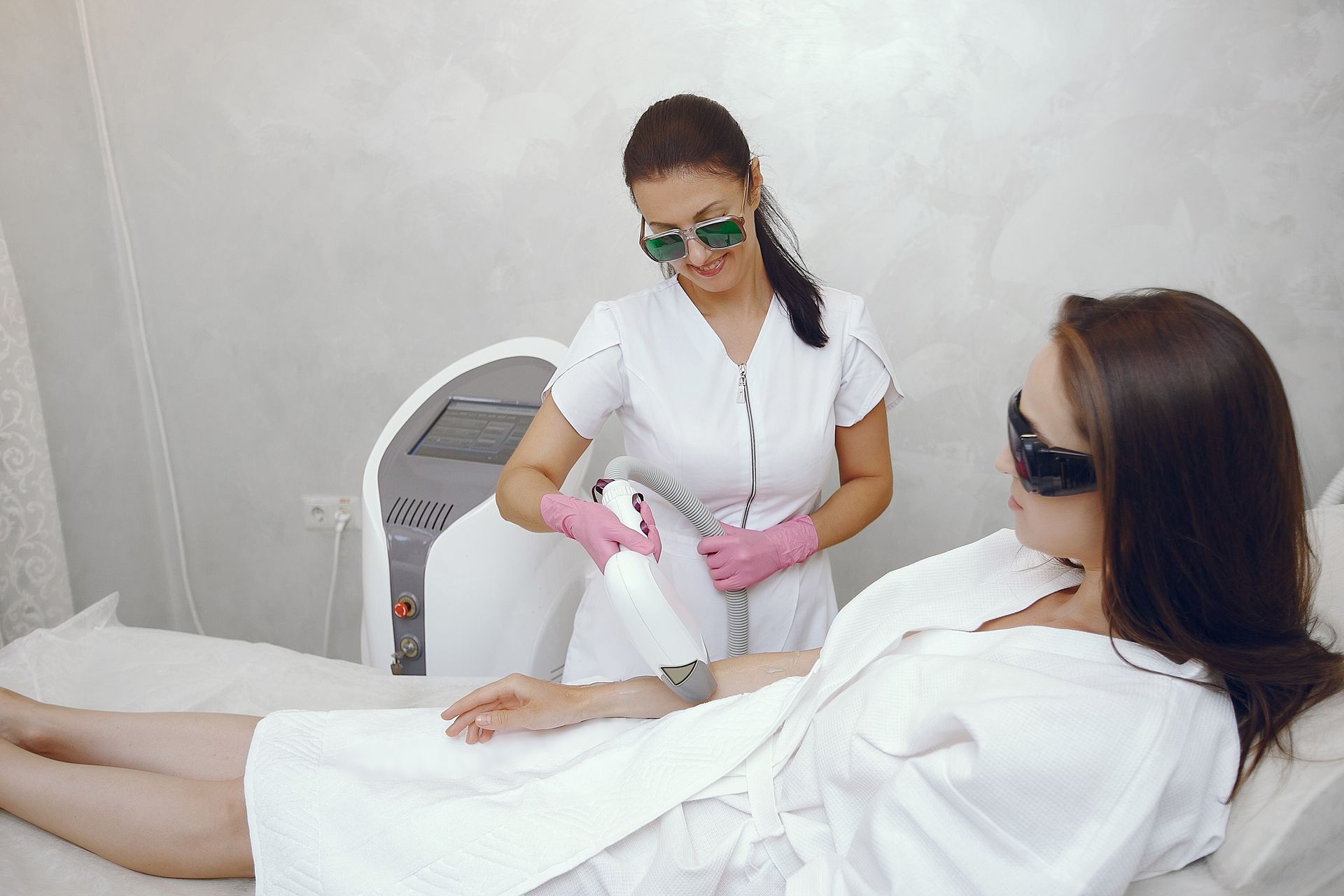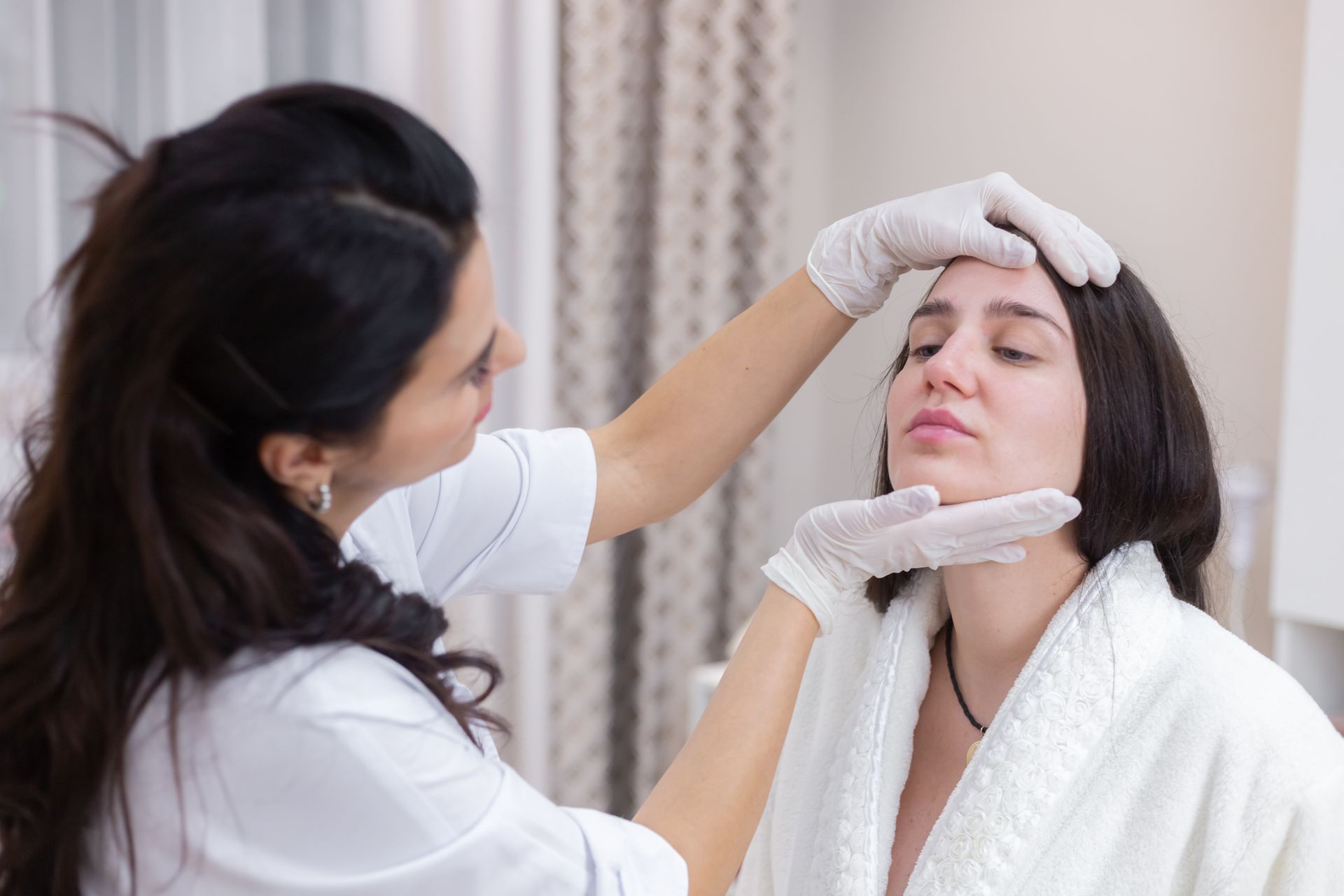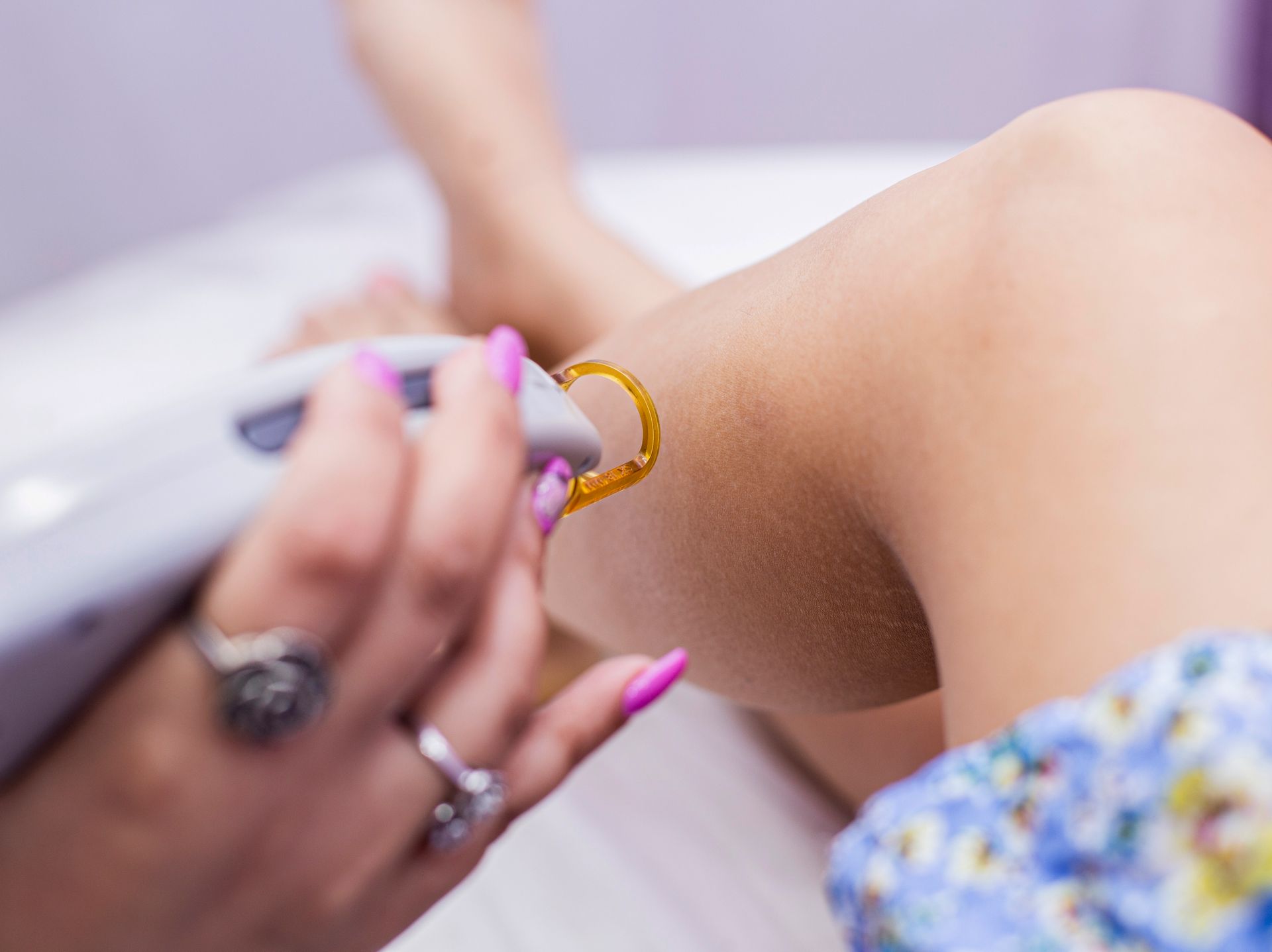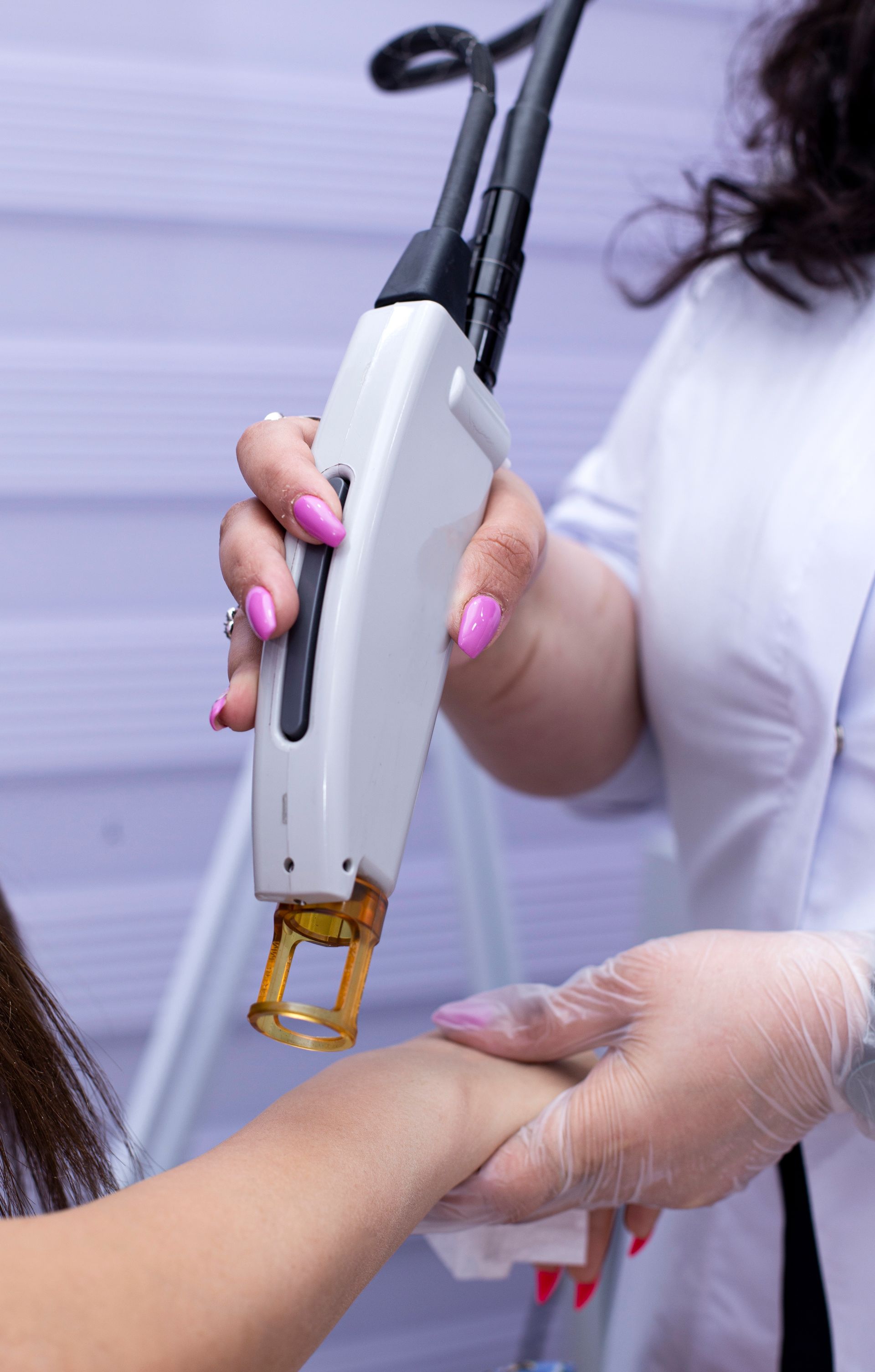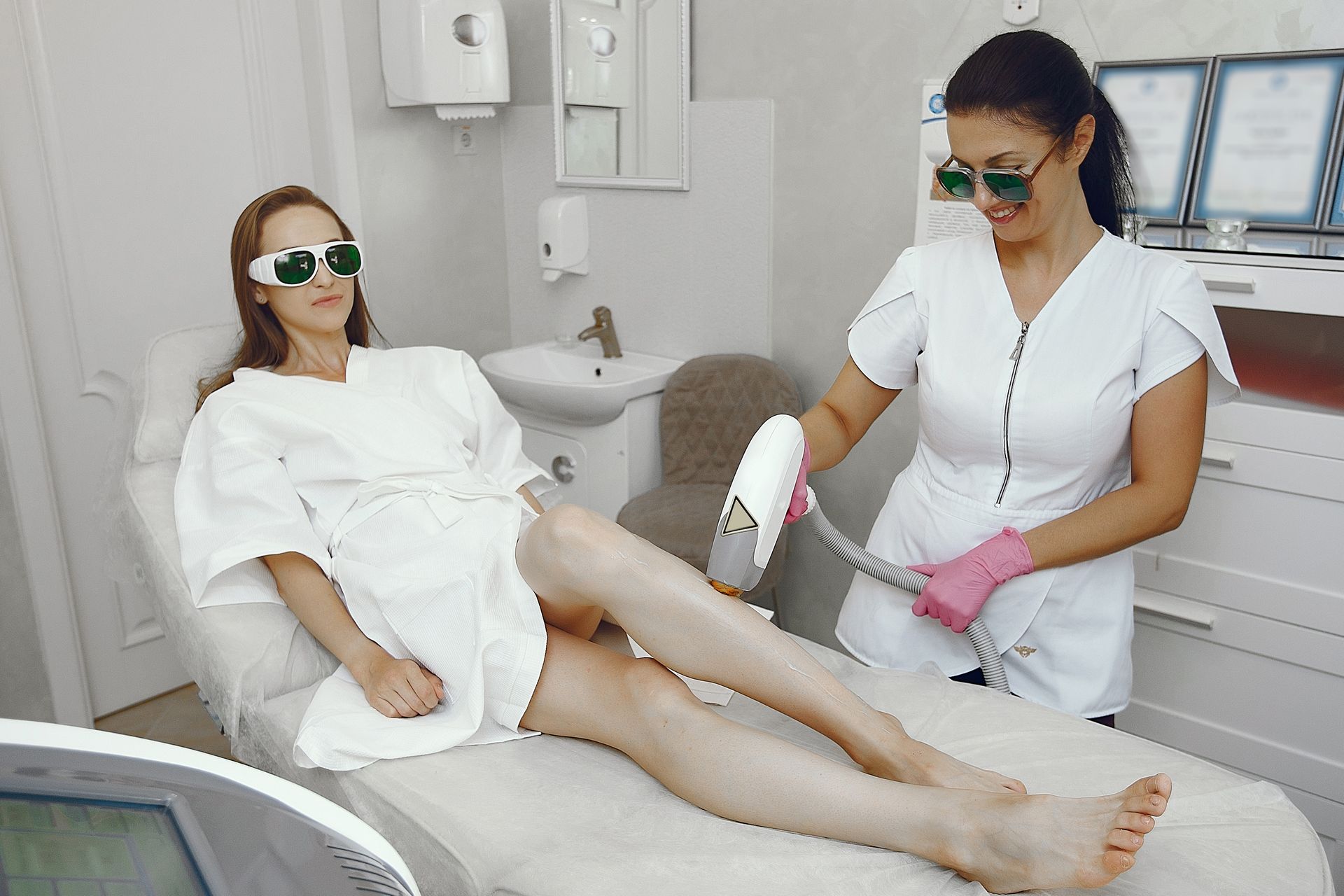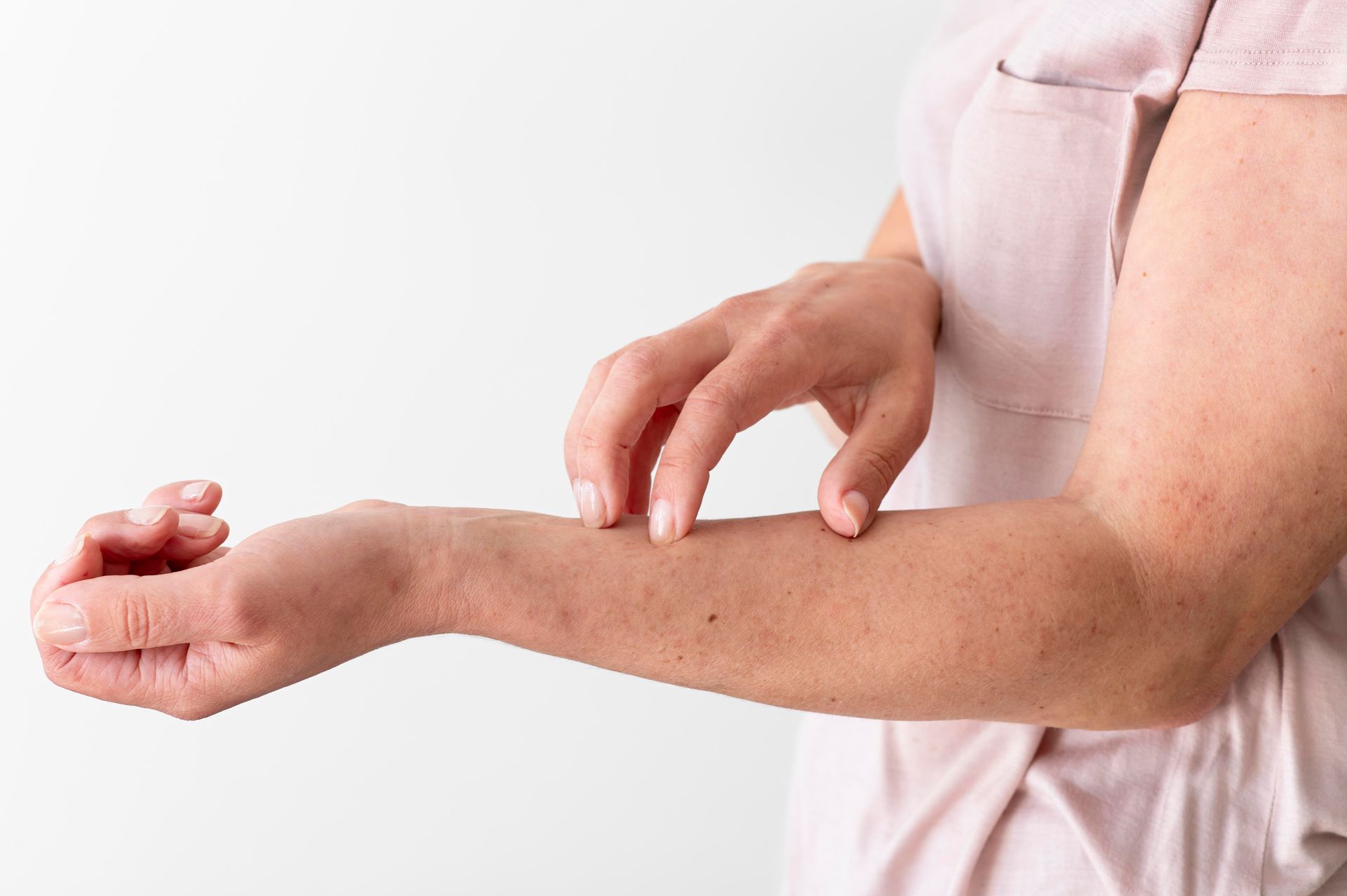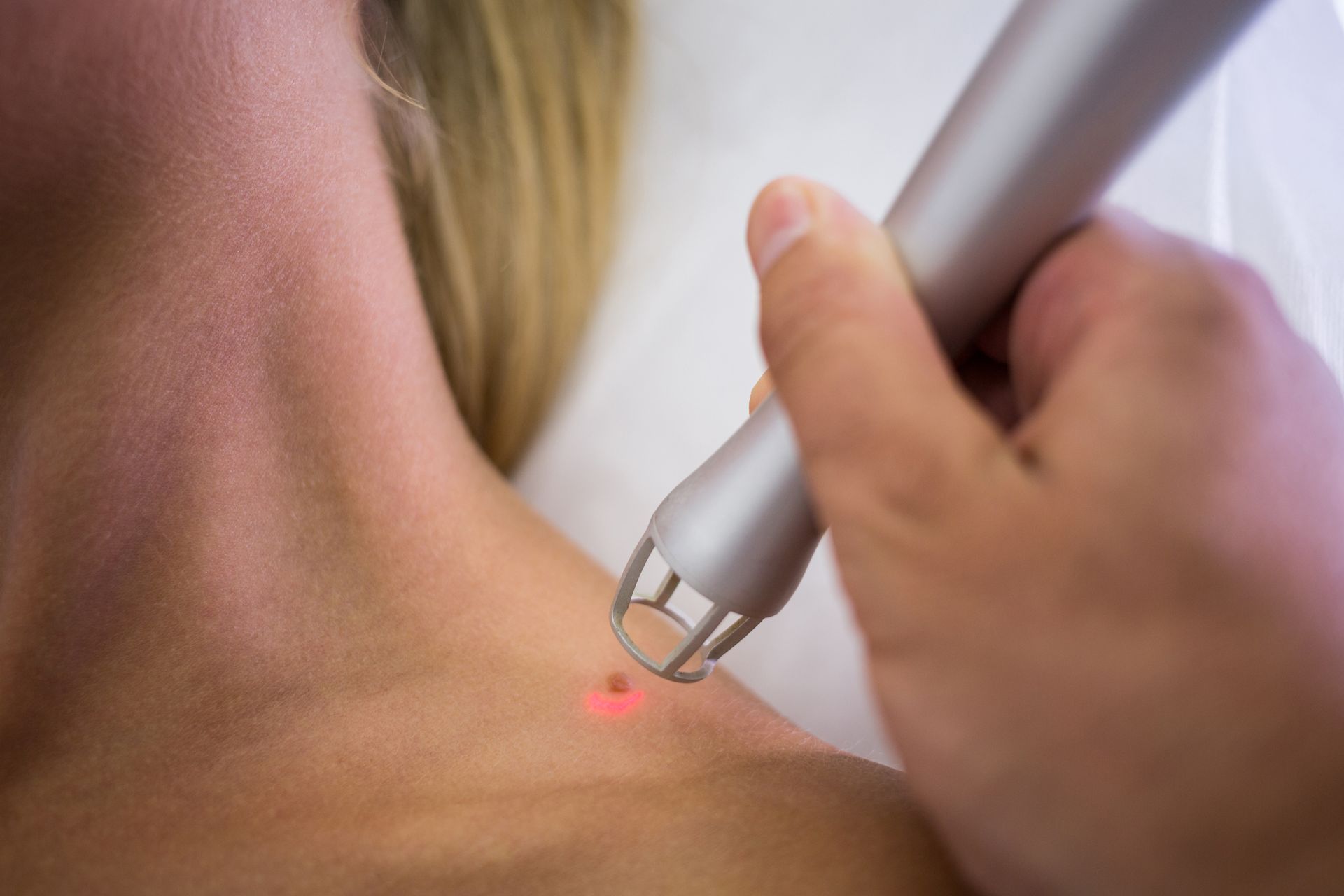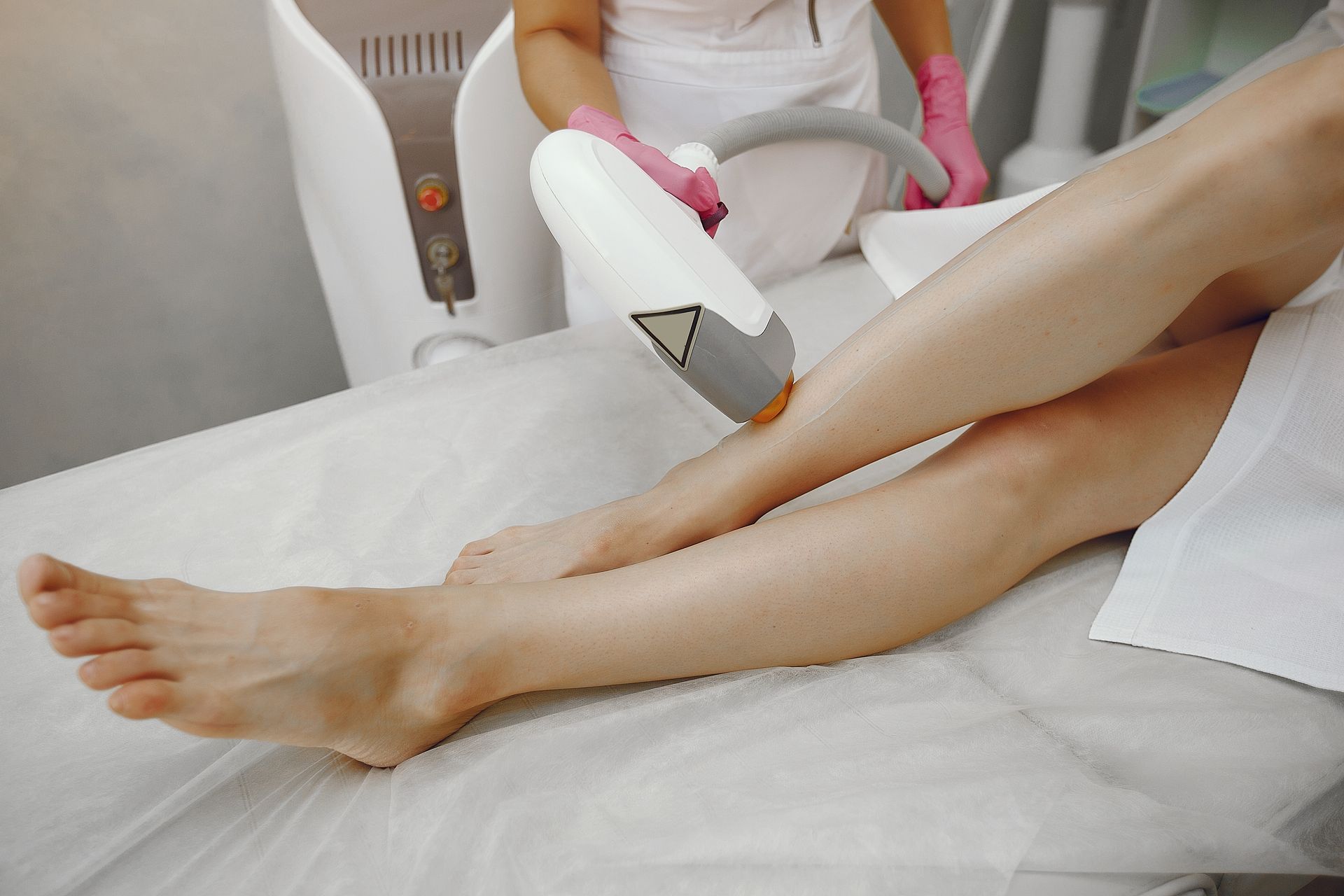Bikini Laser Hair Removal vs. At-Home Laser Devices
When it comes to achieving long-term smoothness in the bikini area, laser hair removal has become the go-to option for many people. But with at-home laser devices now widely available, the big question is: should you stick with a professional clinic or try the convenience of doing it yourself at home? Both methods aim to reduce hair growth, but they differ greatly in terms of effectiveness, safety, cost, and long-term results. This guide will give you a clear comparison, highlighting the perks and disadvantages of each approach so you can make an informed decision.
Does Bikini Laser Hair Removal Prevent Hair Regrowth Completely
Professional Bikini Laser Hair Removal: How It Works
Professional laser hair removal is performed by licensed technicians or dermatologists using high-powered medical-grade lasers. These machines penetrate deeper into the skin to target hair follicles at the root, making treatments more effective over time. The procedure is done in sessions spread across several weeks to ensure long-term reduction. Because of the controlled environment and advanced equipment, professional treatments are considered the gold standard for lasting results.
At-Home Laser Devices: How They Differ
At-home laser and IPL (intense pulsed light) devices are designed for personal use, often smaller and less powerful than professional machines. They are marketed for convenience and cost savings, allowing you to treat the bikini area on your own schedule. However, the lower intensity of these devices means results can take longer, and maintenance sessions are usually needed more frequently to keep regrowth under control.
Effectiveness of Professional vs. At-Home Treatments
Professional treatments are much stronger and provide more permanent reduction in hair growth. Most patients see noticeable results after 3–4 sessions, with long-lasting smoothness after completing the recommended series. At-home devices, on the other hand, may require months of consistent use before showing significant changes. They work better for fine or light regrowth rather than coarse bikini hair, which often requires professional-strength lasers.
Safety Concerns
Safety is a major difference between the two options. In a clinic, treatments are carefully tailored to your skin type and hair color to minimize side effects like burns, hyperpigmentation, or irritation. At home, improper use or overuse of the device can increase risks, especially for people with darker skin tones or sensitive bikini skin. While at-home devices are generally safe when instructions are followed, they are not foolproof.
Cost Comparison
Professional bikini laser hair removal requires a higher upfront investment, often ranging from several hundred to thousands of dollars depending on the number of sessions. However, results are more permanent, meaning fewer touch-ups in the long run. At-home devices are cheaper upfront—usually a few hundred dollars—but often require repeated use over years. For some, this ongoing maintenance can add up in both time and expense.
Pain Levels:
Pain perception varies, but most people report that professional treatments feel like a quick snap of a rubber band with mild discomfort. Clinics often use cooling gels or numbing creams to make the process easier. At-home devices may feel less intense because they are weaker, but this also means you may need more sessions, which prolongs the overall discomfort.
Convenience:
Professional treatments require appointments, travel, and time set aside for each session. For busy individuals, this can feel restrictive. At-home devices give you the flexibility to treat yourself anytime, in the comfort of your own home. However, convenience comes at the cost of effectiveness, since you’ll likely need more frequent sessions.
Precautionary Measures
Before professional bikini laser hair removal, avoid tanning and waxing, as these can affect laser accuracy and safety. Shave the bikini area 24 hours before your session, and always follow your technician’s aftercare instructions, which usually include avoiding sun exposure and hot baths for a few days.
For at-home laser use, always read the instruction manual carefully and test a small patch of skin before treating the entire bikini area. Avoid using the device on freshly tanned or irritated skin, and never use it on open wounds or active infections. Stick to the recommended schedule, and be patient with results.
Which Option Is Right for You?
If your priority is long-term effectiveness, safety, and fewer maintenance treatments, professional bikini laser hair removal is the stronger choice. However, if cost and convenience are your biggest concerns, and you don’t mind slower results with regular upkeep, at-home devices may be suitable. Many people even choose a hybrid approach—starting with professional treatments and maintaining results with an at-home device.
Conclusion
Both professional bikini laser hair removal and at-home laser devices have their advantages and limitations. Clinics offer stronger results, tailored safety, and long-term smoothness, while at-home devices provide convenience and affordability. The right choice ultimately depends on your goals, budget, and lifestyle. Whichever option you choose, following proper precautions and being consistent with treatments will give you the best chance of achieving smooth, hair-free skin.
BOOK YOUR FREE SESSION
